The Sick Shadow
by Jamie Rose
When my friend Linda’s father died, she went blind in one eye. After a year, her condition resolved itself. When my father was dying, Linda told me to be careful.
Her warning was astute.
A few months after Dad’s death, a pink mark appeared on the left side of my chest—right over my heart. A biopsy revealed it to be a malignant melanoma. Luckily, the cancer was superficial and all I suffered was a long scar. But it got me thinking…
What part of me was crying out for attention?
As most of you know, Shadow Work is a huge part of The Tools system. But most of the information available in the books and webinars is limited to discussion of two Shadow figures: the Inferior Shadow and the Evil Shadow.
However, in our work, there is a third entity: the Sick Shadow.
“Health is not about having normal insulin levels or clear margins. True healing is cycling between death and rebirth. You have to keep letting yourself be killed and then returning to light.”
—PHIL STUTZ
The Sick Shadow is sacrificial in nature. It comes from the spiritual realm of pure light and when we are born, sacrifices itself by entering our body. The Shadow is “sick” because it has been relegated to a world without light—earthly existence, the domain of mortality. But it has done so for a profound reason; it is a conduit to the eternal part of ourselves.
In this way, illness can serve a spiritual purpose. We’re not asking you to believe in a scientific way that devastating illness is a good thing; but thinking of it in spiritual terms can help you understand something you’re going through, giving it a deeper meaning and value.
Phil Stutz, the creator of The Tools, has Parkinson’s, and he frequently experiences a symptom called “freezing of gait” where he feels that his feet are literally stuck to the floor. Sometimes, to move forward, he has to drop to his knees and crawl. Reflecting on these moments, he says, “Everyone who is really sick can reach a level of despondency where they don’t see a way out. But there is a way out: through inner death.”
This is how the Sick Shadow serves us. It allows us to cycle through death and rebirth so we can, however briefly, return to the immortal part of ourselves—the realm of light. This is the sacrifice of the Sick Shadow. It has no home. Over and over, it drops down from the eternal world into mortality and death.
Phil says, “Health is not about having normal insulin levels or clear margins. True healing is cycling between death and rebirth. You have to keep letting yourself be killed and then returning to light.”
The Sick Shadow is unlike the other Shadow figures. We can bond to these Shadows with words as well as feelings. But the Sick Shadow doesn’t lend itself to words; it only connects energetically, through feelings. And the only thing it cares about is wholeness.
In the months after my father’s death, in addition to the melanoma, I experienced another symptom—a lack of connection to my Sick Shadow.
I started forgetting things.
I missed doctors’ appointments, stood up friends for lunch, and even forgot a session with an especially beloved client. I felt like I was losing my mind. One day, in the midst of beating myself up for missing an important speaking engagement, an image came to me.
It was a character from the Japanese theatrical form called Noh. In my mind, I saw a woman dressed in a white robe. She had long black hair and was wearing a mask with tiny round eyes and straight eyebrows, giving her an expression of surprised fear. Her painted mouth was shaped in a round red “O” and she was howling: an image of pure grief. I knelt on the floor of my living room and wept. The woman in white seemed to express everything I’d bottled up inside. I stayed with her, crying, for a long while. It was as if I was visiting depths of a shadowy underworld and had dived to the bottom of a deep pool and touched bottom.
Then I rose.
After that, I stopped my forgetting. I still felt sad, but at the same time integrated and whole. This is how the Sick Shadow provides true healing—it connects us with the inextricably linked opposing bonds of mortal aliveness, reminding us that there is no left without right, no joy without sorrow, no life without death.
One of the Tools that can give you a sense of the cycling between life and death is The Tower. Try it out for yourself.
Jamie Rose is a therapeutic coach trained by Phil Stutz and has been practicing and teaching The Tools® for over 30 years. In addition to private coaching, she conducts women’s groups and Tools training sessions for coaches and longtime Tools practitioners. Learn more and contact Jamie at jamierosecoaching.com.







7 hours
This 3-part series introduces you to Shadow work. Discover how this inner ally can guide you on your path back to wholeness.